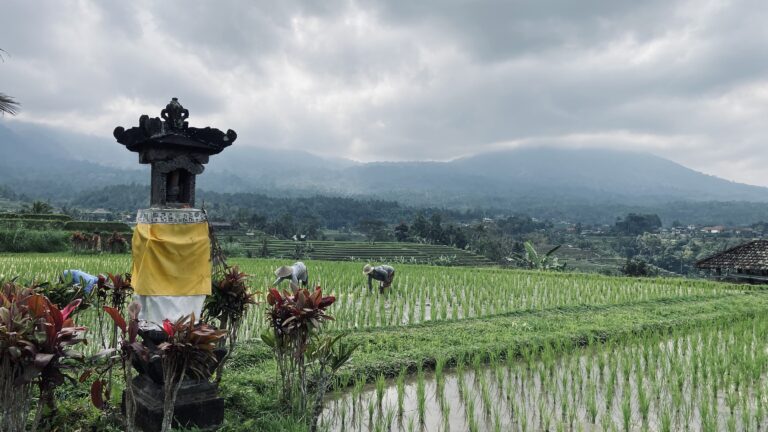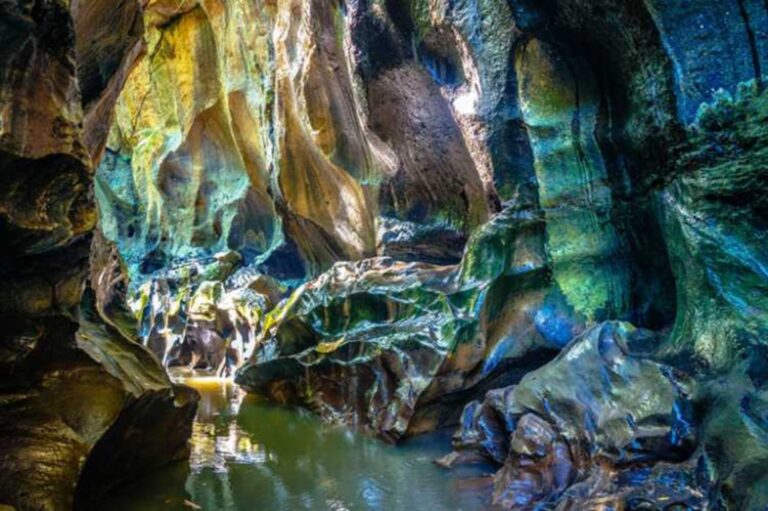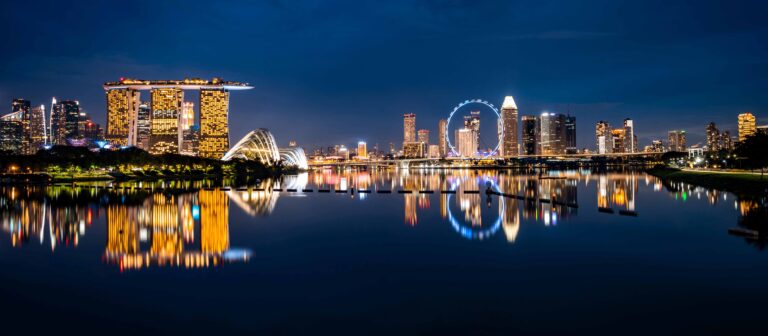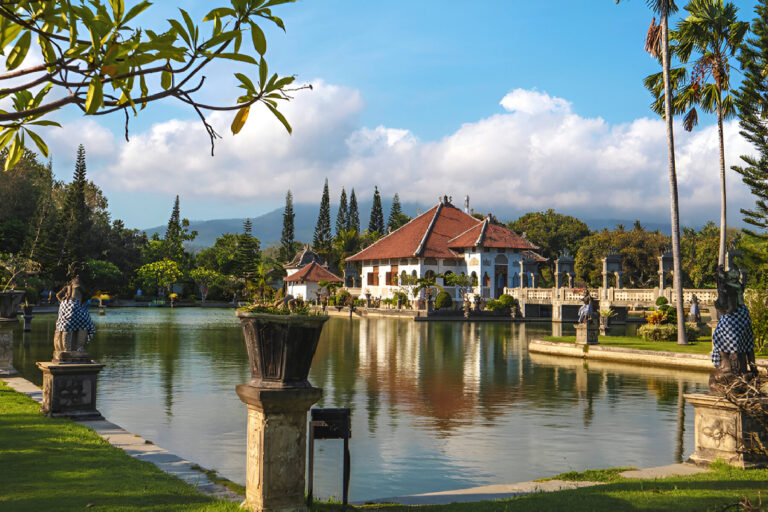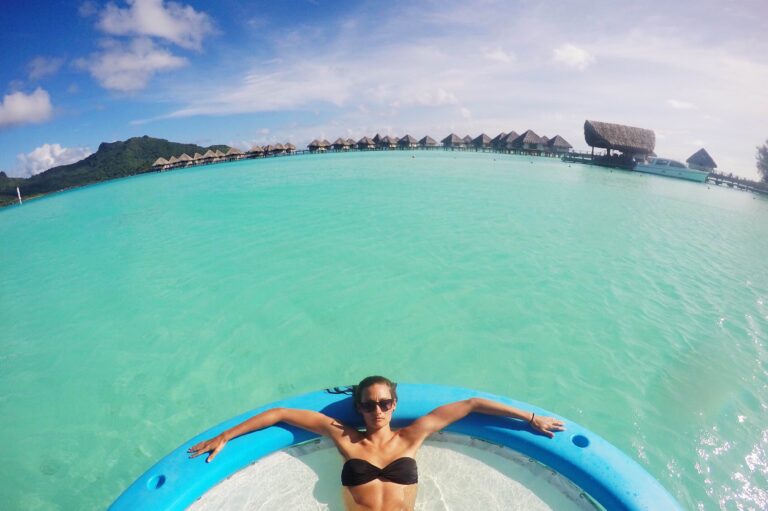Museum Geopark Batur is where science, culture, and Bali’s dramatic landscapes come together.
Instead of simply walking past display cases, you’ll discover the story of Mount Batur, its powerful eruptions, and the way volcanic activity has shaped local traditions and everyday life.
It’s a stop that brings the island’s natural forces into focus while keeping things accessible for all travellers.
Where Is The Museum Geopark?
Museum Geopark Batur sits in Kintamani, North Bali, right on the rim of Mount Batur’s caldera. In the UNESCO Global Geopark area, which covers an area of 370.5 km².
It’s a striking location that makes it more than just a museum; you get incredible views of the volcano and lake while learning about the area’s geology and culture.
Address: Penelokan Main Rd, South Batur, Kintamani, Bangli Regency, Bali 80652, Indonesia

How To Get There
There are a few ways to reach the museum, depending on where you’re travelling from and how long you intend to stay.
It’s about 1.5–2 hours from Ubud and closer to 2.5–3 hours if you’re coming from the southern beaches like Seminyak, Canggu, or Sanur. Many people make it a day trip, but you can also stay overnight in the area if you’d like more time to explore Mount Batur, the lake, and the surrounding villages.
- Ride Hailing App – Apps like Grab or Gojek work well in Ubud and Denpasar, but coverage drops the further north you go. It’s fine for a one-way trip, but you may struggle to find a return driver without pre-arranging.
- Private Car and Driver – The easiest and most flexible option. A driver can take you directly to the museum and include other stops along the way, such as waterfalls, coffee plantations, or viewpoints over the caldera. If you’re staying overnight in Kintamani, your hotel can usually arrange a pickup the next day too.
- Motorcycle or Scooter Hire – As tempting as it may be, we don’t recommend hiring scooters. Most visitors aren’t legally covered to ride in Bali, which can cause issues with both the police and insurance. On top of this, the roads in Bali can be dangerous. Better leave the driving to someone local.
Is There An Entrance Fee?
When we visited, entry was free, which makes it a very budget-friendly stop.
That said, some online sources mention a small admission fee, so it’s worth bringing a little cash just in case. Either way, the museum is an affordable way to learn more about the Mount Batur region.
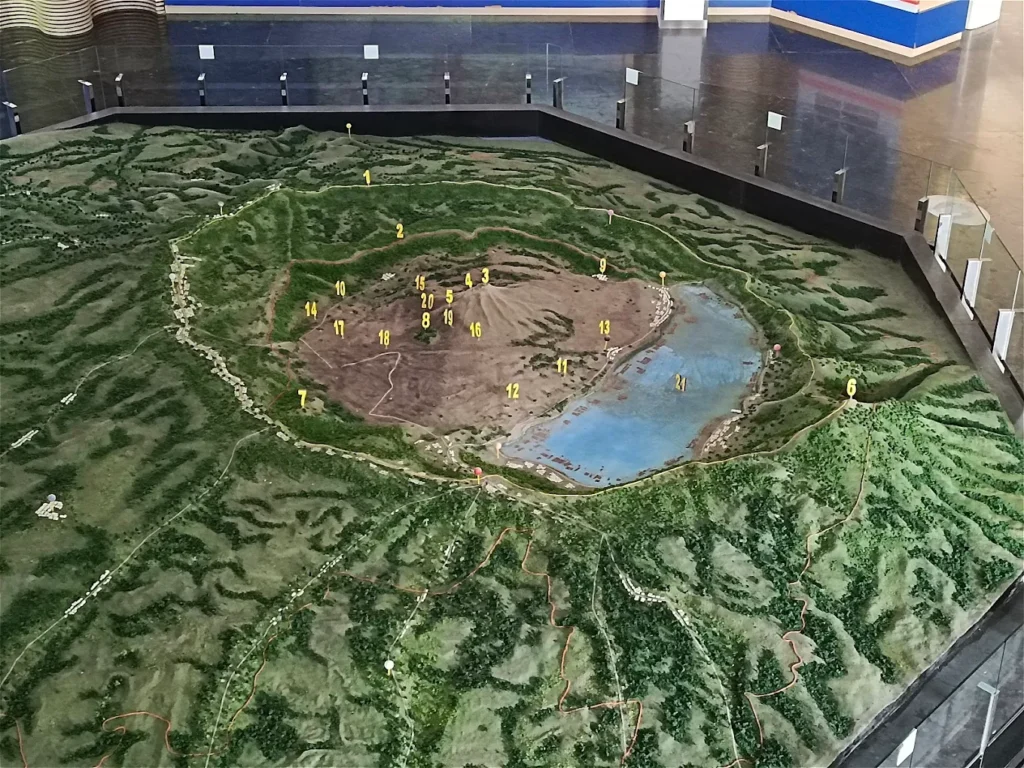
When Is The Best Time To Visit?
The museum is open year-round, but the wider Kintamani area is best enjoyed in the morning. Clouds tend to roll in by midday, so if you want clear views of Mount Batur and the lake, it’s worth heading up early.
Sunrise hikes are popular here, and many visitors stop by the museum afterwards. The air is cooler than in Ubud or the coast, so bring a light jacket or jumper, especially in the rainy season.
What To Expect At The Museum Geopark
The Batur Geopark Museum takes you on a journey through Bali’s geological past and present, and its cultural heritage.
The story begins with large models and displays showing how the island was formed through volcanic activity and shifting tectonic plates. You’ll see how Mount Batur and its calderas were created, with Lake Batur now filling part of the younger inner caldera.
Inside, there are volcanic rock and mineral collections, interactive displays, and easy-to-follow explanations about eruptions and their impact on the land.
One section highlights the major eruptions of the last two centuries, complete with photos, artifacts and stories of how local communities were rebuilt. A small theatre space screens short films and simulations that help bring the science to life.
The museum also looks at the cultural identity of the region. Displays explore how Balinese communities have lived alongside Batur for generations, and how volcanic activity has shaped their lives, from farming in fertile volcanic soils to carrying out religious ceremonies linked to the mountain.
By the time you step back outside, the landscape feels different. The lake, the caldera walls and the smoking cone of Batur itself are no longer just scenic backdrops, but living reminders of the power and resilience that shape this part of Bali.
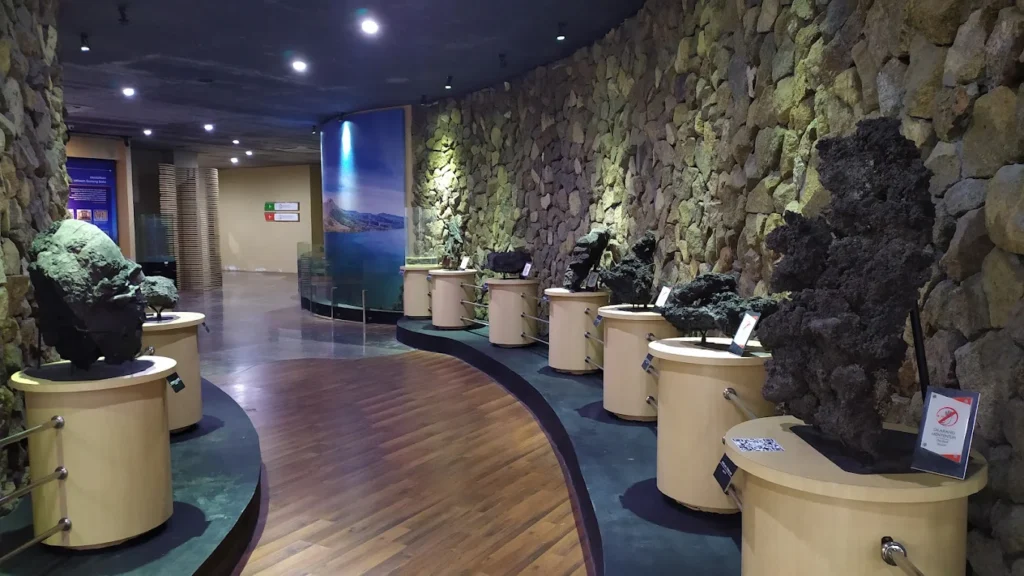
Why Is It So Important?
The Batur Geopark Museum isn’t just a stop to look at rocks and maps; it plays a key role in preserving Bali’s cultural heritage and explaining its geological importance to the world.
Established within the UNESCO Global Geopark, the museum serves as a hub where science, conservation, and tradition meet.
Its role goes beyond showcasing displays: it helps visitors understand the volcanic origin of Mount Batur and how shifting tectonic activity shaped the caldera, Lake Batur, and the wider volcanic environment.
Exhibits also touch on geothermal energy, fossils, and local fauna, giving a sense of how life has adapted to this dramatic landscape.
By promoting education and preserving stories, the museum highlights why this region – with its temples, altitude landscapes, and communities – is so significant. It’s about more than history; it’s about the ongoing creation of land and culture, and the importance of protecting it for the future.
For families, students, or anyone curious about how our planet works, the museum combines science and culture to provide a deeper understanding of Bali’s natural story.
Where To Eat Nearby
Being in Kintamani means you’re never far from a good meal with a view. Most of the cafés and warungs here sit right on the crater rim, so you can tuck into Indonesian comfort food or a fresh coffee while staring straight out at Mt Batur and the lake.
It’s not the place for fine dining, but that’s the charm: hearty food, friendly service, and some of the best mealtime scenery in Bali.
Lakeview Restaurant
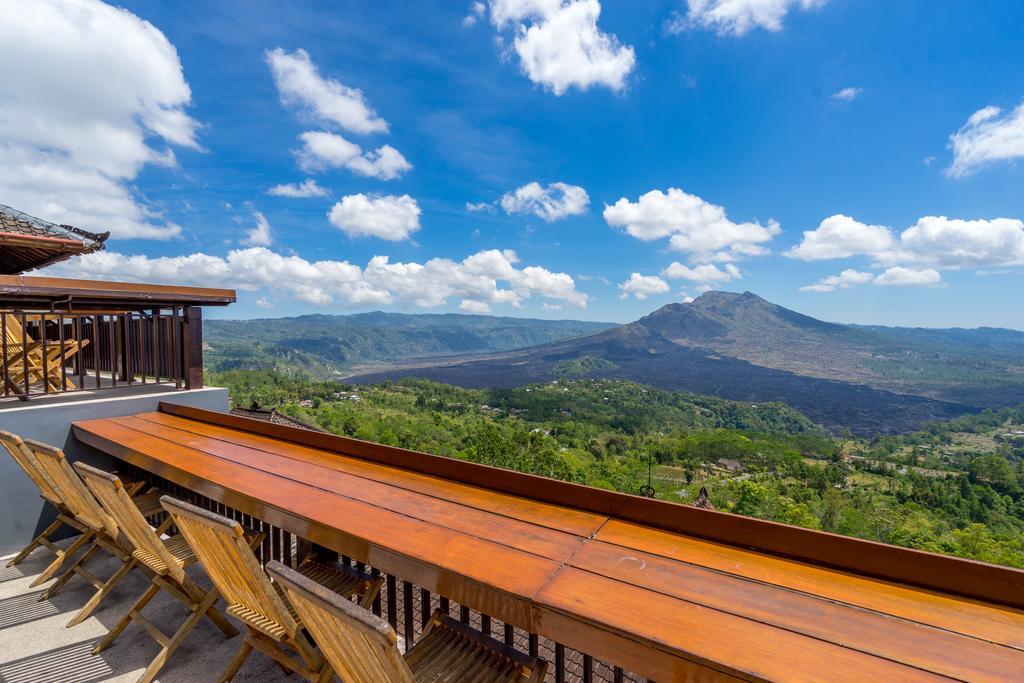
Part of Lakeview Hotel & Restaurant, this place sits on the crater rim in Penelokan. The views of Mt Batur and the caldera are incredible, especially at sunrise.
They run a buffet and have Indonesian, Western, and Balinese dishes. Vegetarians are covered here too.
Open early through to the evening.
Where Is It? P988+M4R, Penelokan Main Rd, Central Batur, Kintamani, Bangli Regency, Bali 80652, Indonesia
Online: Lakeview Batur
Okuta
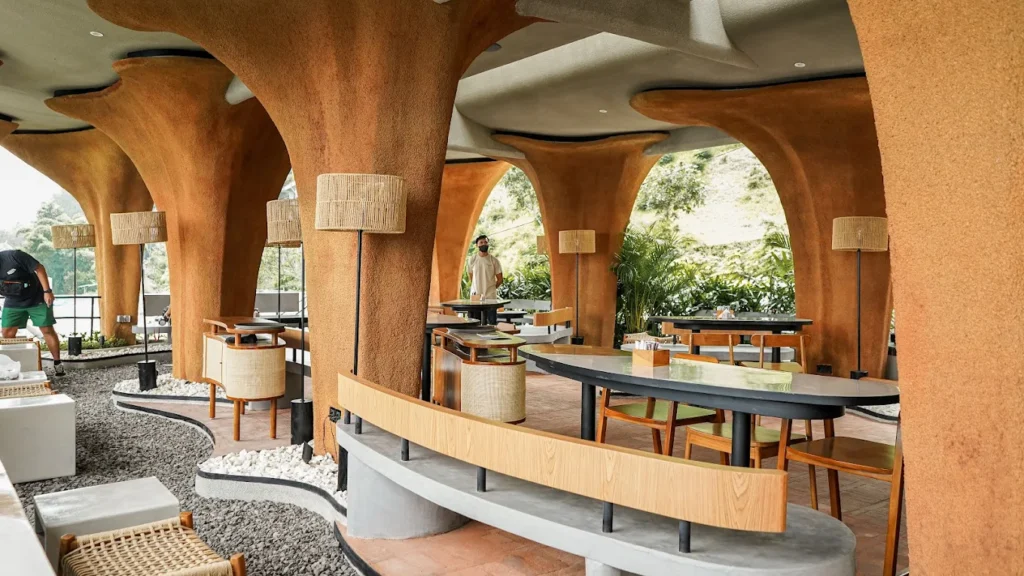
Okuta is one of those places you could happily lose a couple of hours. The café has a really nice modern feel but still fits the mountain setting, with big windows looking straight out over Lake Batur.
The coffee’s good, the cakes are even better, and it’s the sort of spot where you end up ordering a second round just to sit and soak up the view a bit longer.
Where Is It? Penelokan Main Rd, Central Batur, Kintamani, Bangli Regency, Bali 80652, Indonesia
Online: Instagram
Warung Kita Batur
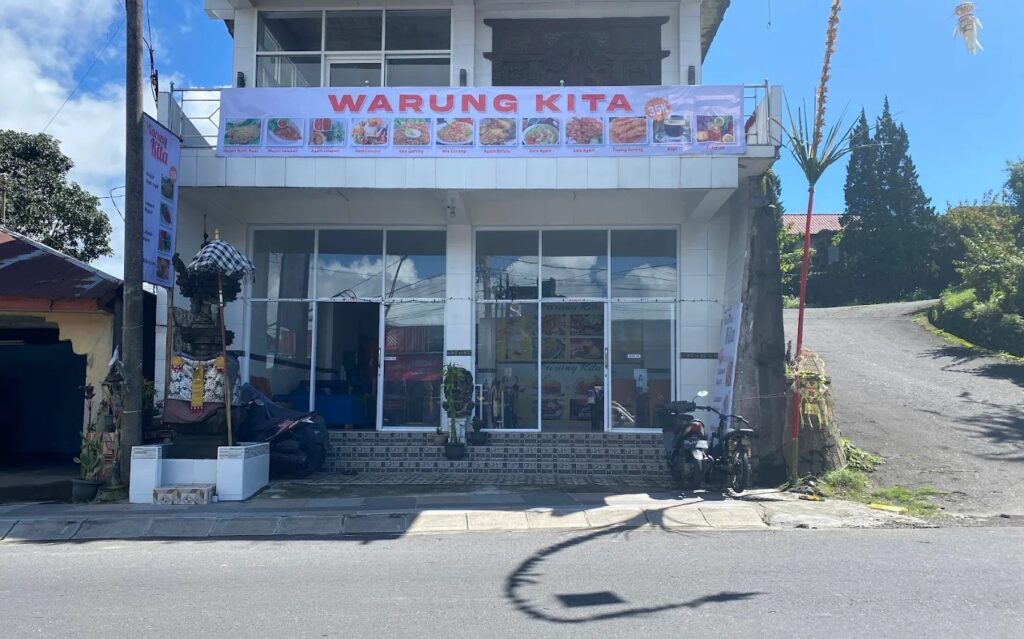
If you want something simple and local, Warung Kita Batur is a good shout.
It’s family-run, the prices are easy on the wallet, and the food is proper home-style Indonesian; think nasi goreng, mie goreng, and warming soups that hit the spot in the cool mountain air. Nothing fancy, just good food and friendly service.
Where Is It? Penelokan Main Rd, Banjar Dinas, Central Batur, Kintamani, Bangli Regency, Bali 80652, Indonesia
Online: Instagram
Where To Stay Nearby
Staying overnight in Kintamani is a different experience from the coast. The air’s cooler, mornings often start with mist over the lake, and nights feel peaceful with little more than the sound of crickets and the occasional motorbike in the distance.
From simple camps to hotels with balconies over the caldera, there are options to suit most budgets, all with those unbeatable views that make it worth slowing down for a night or two.
Lakeview Hotel
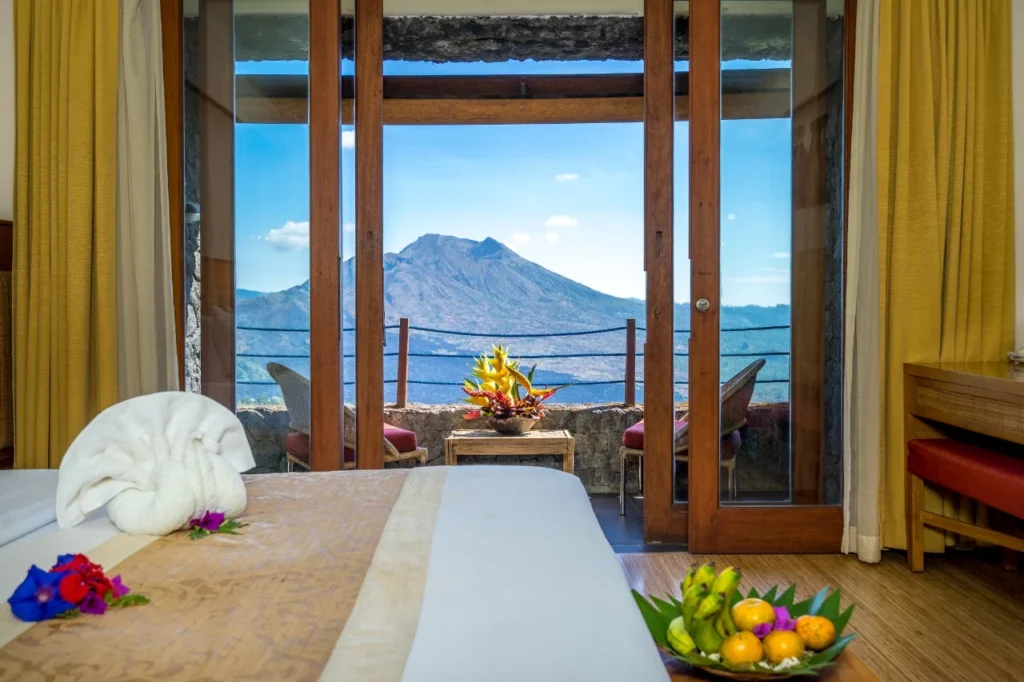
This is the classic choice if you want a comfortable base right on the crater rim. Rooms are spacious, most come with balconies, and the views across Mt Batur and Lake Batur are about as good as it gets.
It’s not ultra-modern, but it’s reliable, welcoming, and puts you close to both the museum and the sunrise viewpoints.
Where Is It? Penelokan Main Rd, Kedisan, Kintamani, Bangli Regency, Bali 80652, Indonesia
Online: Lakeview Batur
The Forest Cabin Kintamani
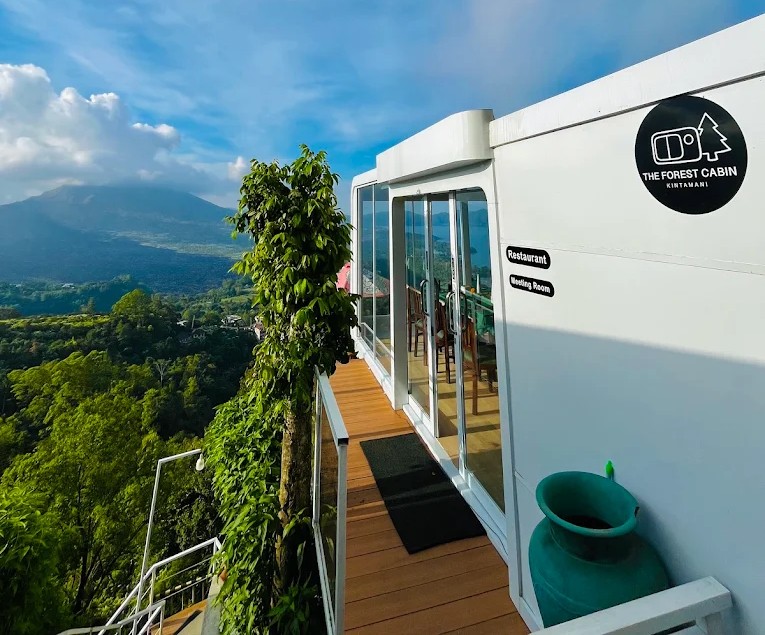
Hidden away among the trees, the Forest Cabin feels peaceful and a bit more private than some of the roadside stays.
The cabins are simple but cosy, with a rustic wood design that works perfectly in the mountain setting. It’s a great pick if you want quiet nights, fresh air, and a break from the crowds without being far from the main sights.
Where Is It? Jl. Windu Sara, Kedisan, Kec. Kintamani, Kabupaten Bangli, Bali 80652, Indonesia
Online: Instagram
The Panorama Batur Camp
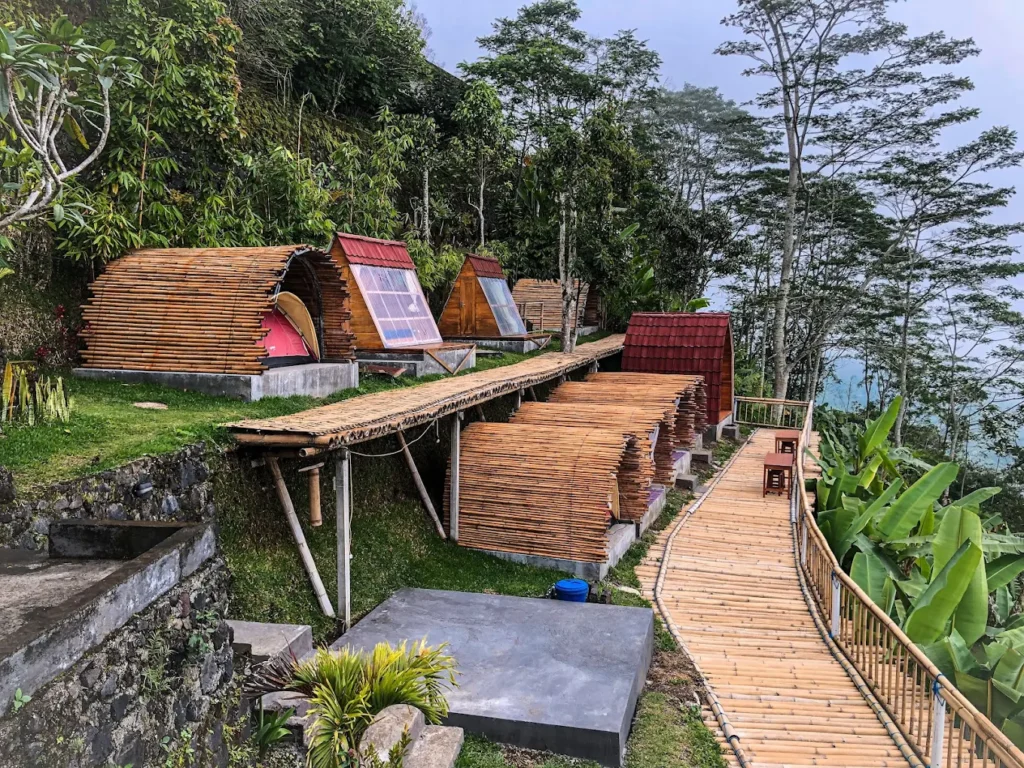
A budget-friendly, nature-focused campsite plus lodge stay.
Clean tents, wooden cabins, decent amenities (private bathrooms, shared facilities), and great views of the volcano and lake. Great hospitality, scenic views, and relaxed vibes. Also good for those who want a more outdoorsy stay.
Where Is It? Penelokan Main Rd, Central Batur, Kintamani, Bangli Regency, Bali 80652, Indonesia
Online: Instagram
Things To See And Do Nearby
Being right on the edge of both Lake and Mount Batur, and given the geology of the area, there are endless things to do nearby, mostly adventure activities.
Here are a few standout things you could do nearby; some are just a short stop, some will eat up half of your day.
Mount Batur Sunrise Trek
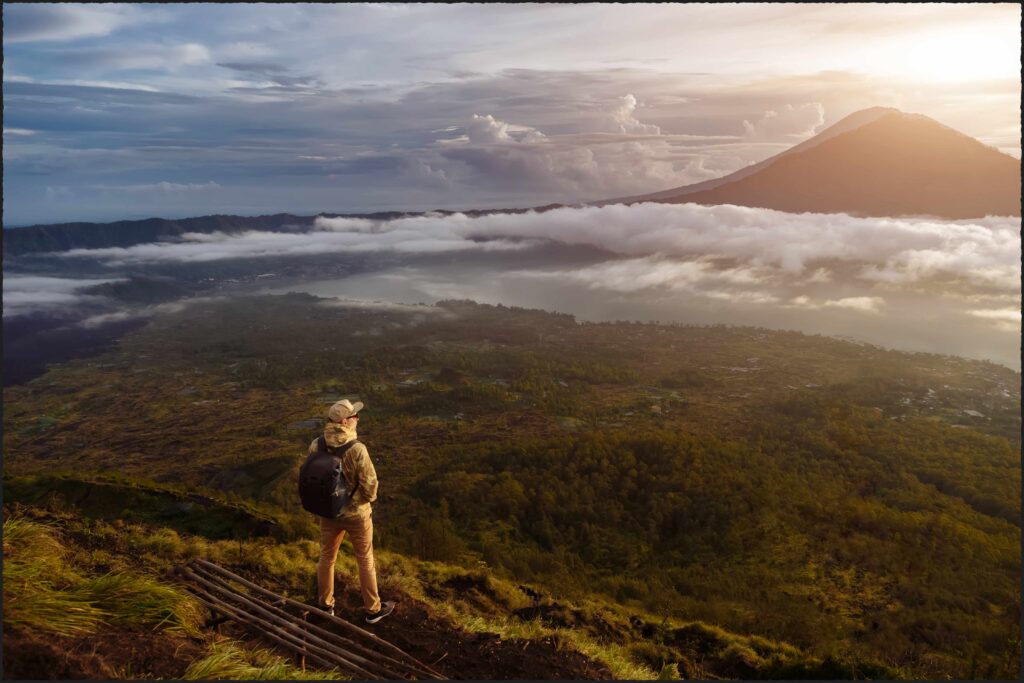
The classic Kintamani experience. Start in the early hours, hike up the slopes with a guide, and watch the sunrise over the caldera. The views stretch all the way to Lombok on a clear day.
Batur Natural Hot Springs
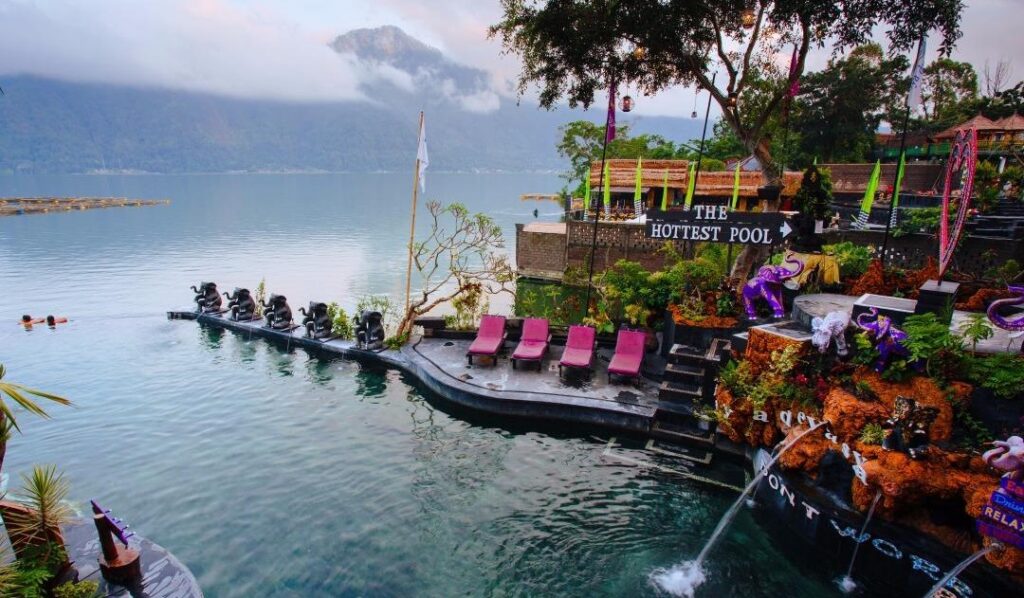
A great way to unwind after a hike. These hot springs sit right by Lake Batur, where you can soak in warm, mineral-rich water with views of the volcano and surrounding hills.
Address: Toya Bungkah Kintamani Desa Pekraman Batur, Songan B, Kec. Kintamani, Kabupaten Bangli, Bali 80612, Indonesia
Batur Jeep Bali Exploration
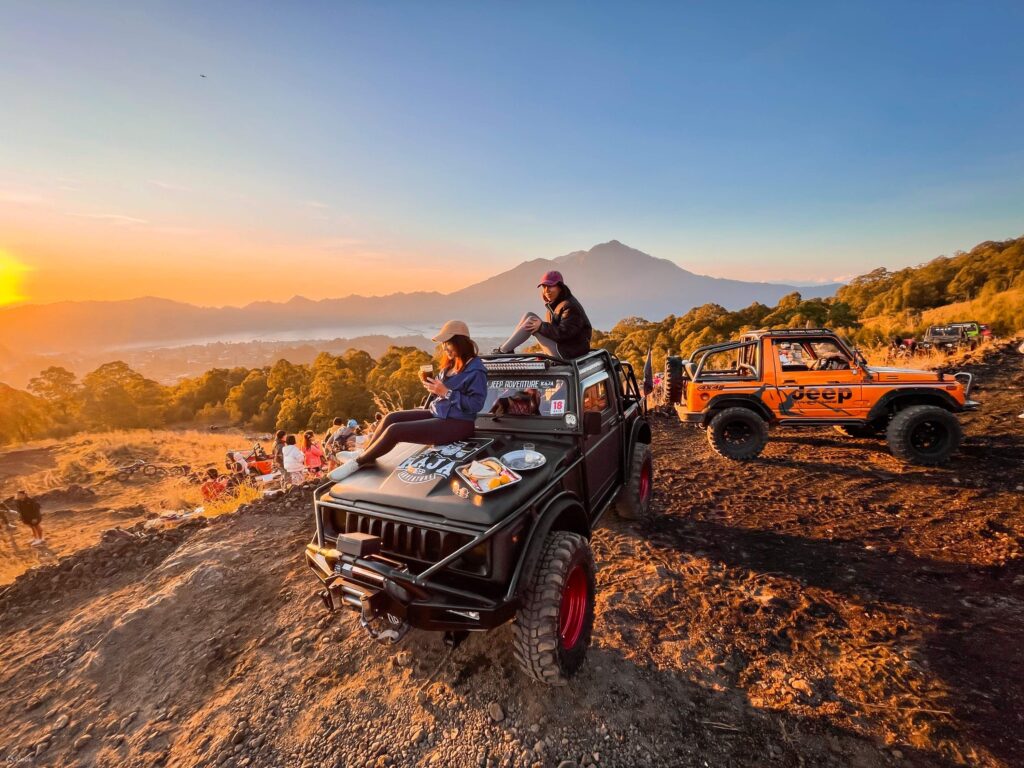
If hiking isn’t your thing, jeep tours take you across the black lava fields and up rugged trails. It’s bumpy, dusty, and a lot of fun, with some epic photo stops along the way.
Address: Central Batur, Kintamani, Bangli Regency, Bali 80652, Indonesia
Trunyan Hill
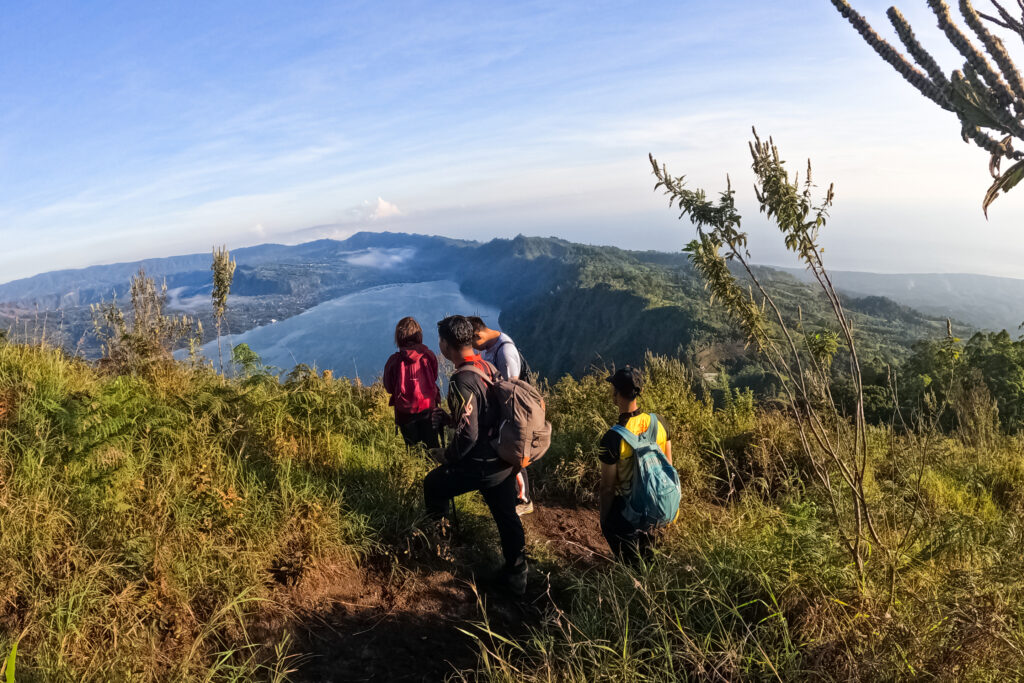
For something a little different, head over to Trunyan Hill, which overlooks Lake Batur and the famous Skull Island (Trunyan Village). The area is known for its unique burial traditions, where bodies are laid out under a sacred tree rather than cremated. It’s a fascinating cultural stop that pairs dramatic scenery with deep local history.
FAQs
How Big Is The UNESCO Global Geopark?
The UNESCO Global Geopark around Mount Batur covers about 370.5 square kilometres. It includes the volcano itself, Lake Batur, the surrounding caldera, and nearby villages.
The museum sits right in the middle of it all, giving visitors an easy way to understand the scale and significance of the area before heading out to explore the landscape in person.
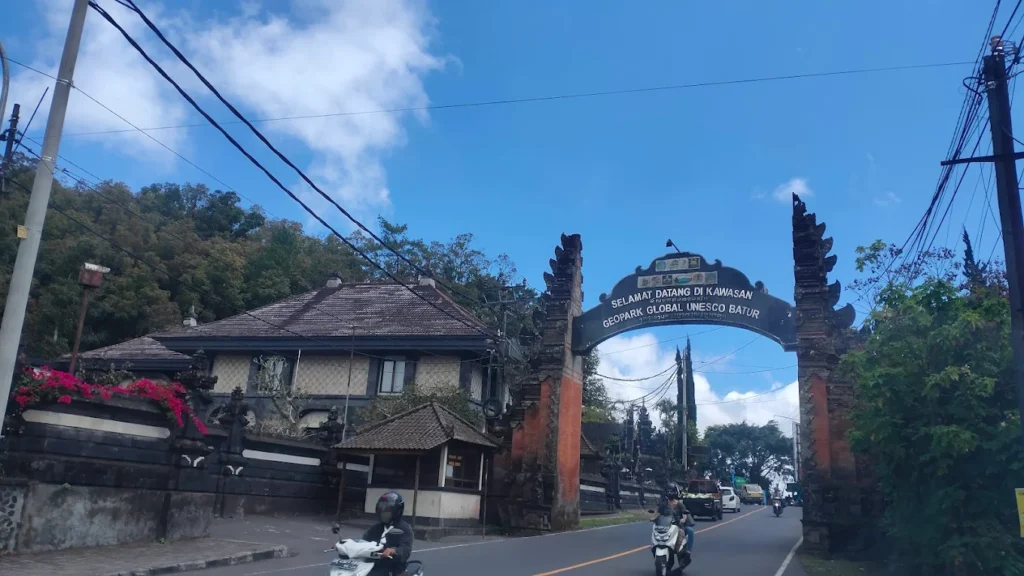
Is It Batur Geopark Museum Or The Other Way Around?
The official name is Museum Geopark Batur, but don’t be surprised if you come across the version Batur Geopark Museum. You’ll see it used in guidebooks, on blogs, and even on the odd sign around Kintamani.
It can be a little confusing, but they’re one and the same place. Locals and travellers use both names, so whether someone says Batur Geopark Museum or the correct way, they’re talking about the same spot.
Can You Buy Snacks In The Museum?
While the Batur Geopark Museum itself doesn’t have a big café, you won’t go hungry. Small stalls and warungs are located nearby, so you can grab light snacks like fried bananas, satay, or local cakes.
It’s handy if you’re visiting with children, since you can take a break and refuel before continuing your visit. If you plan your stop around breakfast or lunch, some restaurants on the crater rim serve bigger meals with views of Mount Batur.
Eating here feels like more than just food; it becomes part of the cultural celebration of the area, where the mountain is seen as both a natural body and a sacred place.
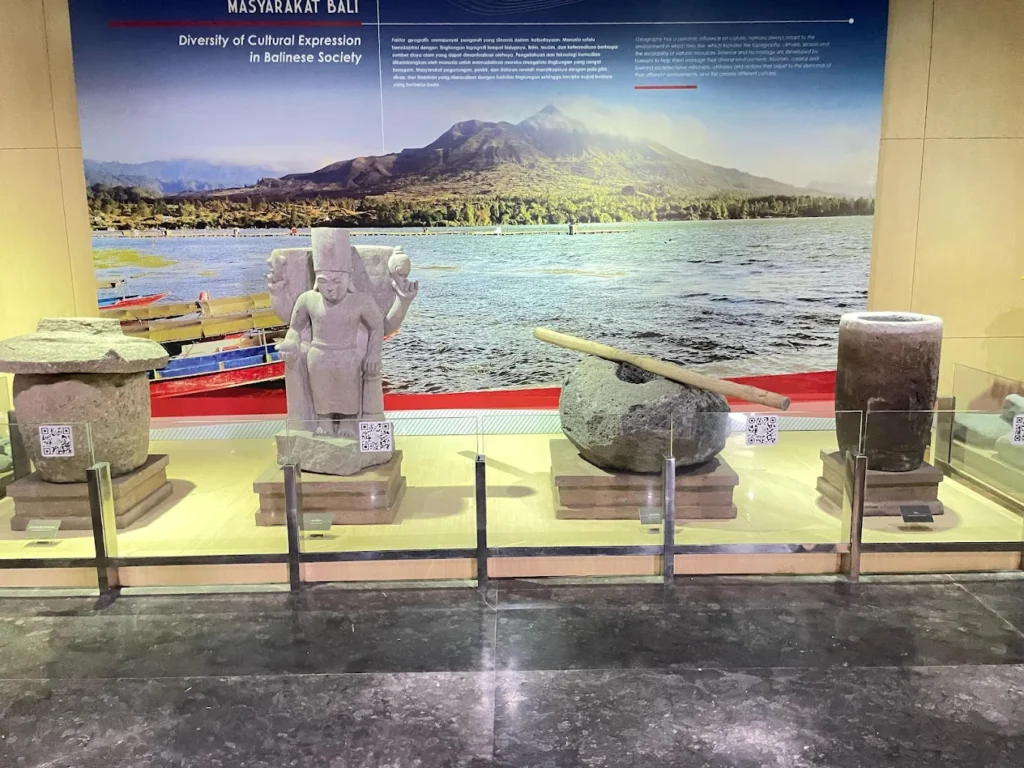
Final Thoughts On Museum Geopark Batur
The Batur Geopark Museum is one of those places that gives real context to the island. Standing here, surrounded by the dramatic landscape, it’s easy to understand why Mount Batur has played such a central role in Balinese life.
It isn’t the kind of place you breeze through in ten minutes; it gives context to the views that surround it. By the time you step back outside, the cool mountain air and spectacular views of the caldera make the experience even more memorable.
The lake, the mountains and the smoking cone of Batur are no longer just scenic backdrops, but reminders of the powerful earth processes that continue to shape Bali’s natural beauty.
If you’re heading this way, it’s worth setting aside an hour to step inside and learn the deeper story of Bali’s volcanic heart.







